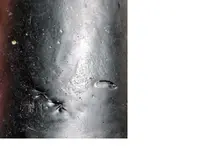CCDAMEEK
Sr. Member
- Joined
- Aug 5, 2019
- Messages
- 255
- Reaction score
- 668
- Golden Thread
- 0
- Location
- central Florida
- 🏆 Honorable Mentions:
- 1
- Detector(s) used
- Whites DFX 300;
Tesoro Tiger Shark;
Minelab CTX 3030
- Primary Interest:
- All Treasure Hunting
- #1
Thread Owner
This bottle was found many years ago by a friend on the New Hampshire shoreline. He believes it is from spain in origin, but he has never tried to research it, so I thought I would post it here to see what develops.
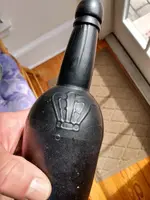
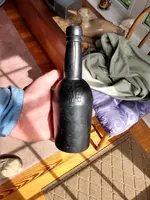
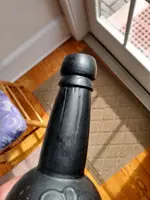
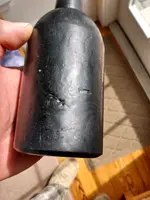
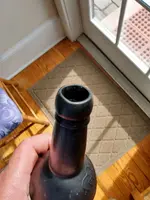
The bottle is NOT made from glass, and is a deep brown color, and has a CROWN emblem as shown, and is approximately 10" tall.
Looking for answers on it's origin and age?



